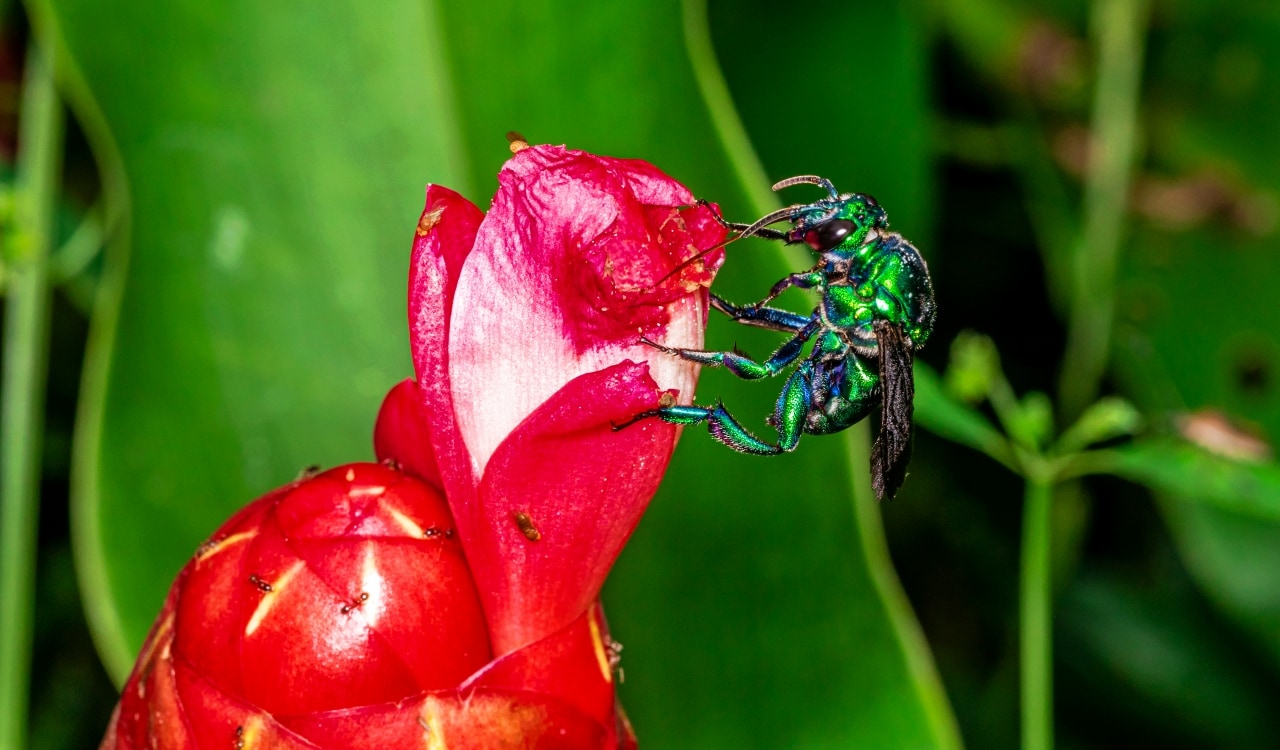At Science Sensei, we have often covered the unique animals as well as those that have since become extinct. However, we do not often discuss the newest animal species that have popped up. New species are discovered every year, but sometimes they are not presented as “special” to some readers. Yet just this year alone, there have been a lot of important discoveries. In the last decade as well, some incredible animals have been discovered that were never before seen. In fact, at least one is a hybrid species, a few are incredibly small, and some will give you freakin nightmares!
We decided to only cover those from the last decade and none before then. That means from 2012 to 2022 only. We could have added in some from 2011, but we felt like we had more than enough to discuss from the set years. It is also important to let you know that some of the newest animal species we discuss will look a bit familiar to you. This is because they are newly discovered subspecies of a known species, and one we likely referenced before. They were likely seen beforehand, but scientists were not aware of the differences before this decade. That said, we’ll break down all you need to know below so let’s get started!
Orchid Bee

Discovered: 2012
The discovery of this bee species was thought to be pretty unique. As they do have some parasitic members, mostly females, that will use other insects to help them birth their young. This bee species is also unique for its lack of eusocial behavior. Most bee species tend to be among their own kind in droves, with several around in a given place together. Yet the Orchid Bee isn’t like that as regardless of their sex, they’re often found alone. Some do come together, but this often occurs mostly for mating purposes. New Orchid Bees are discovered every year it seems, with over 200 known varieties so far.
